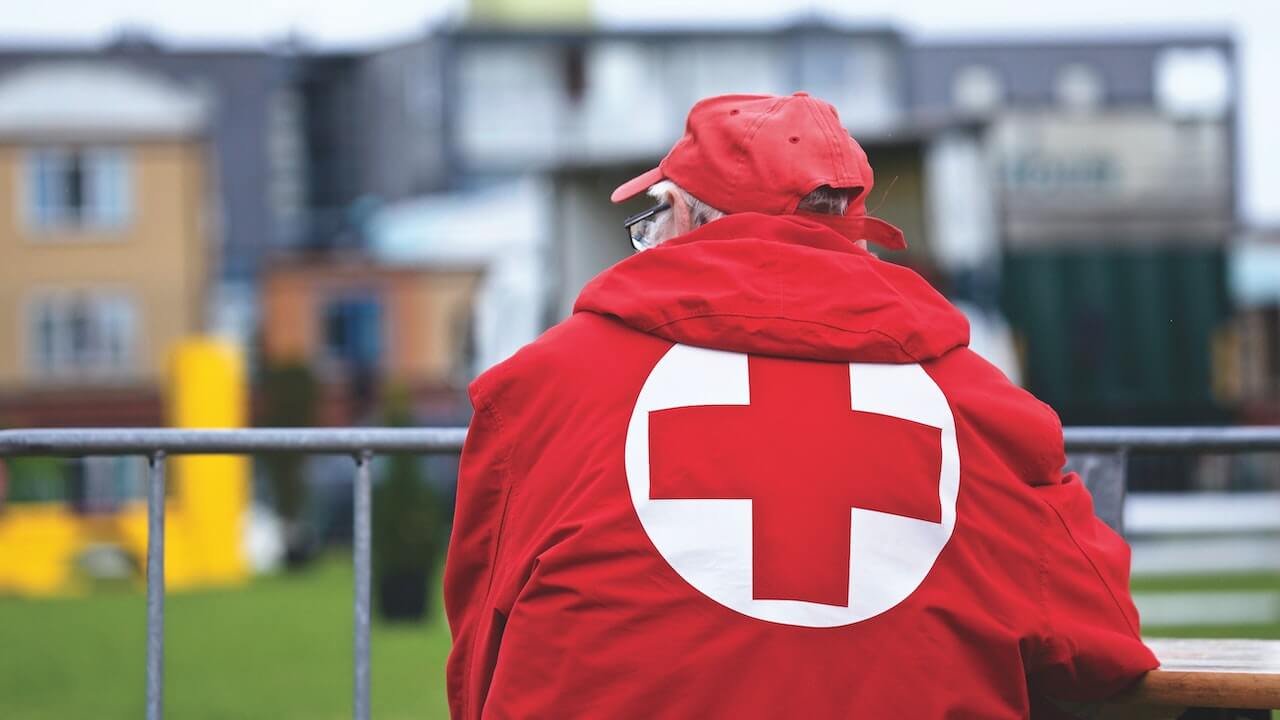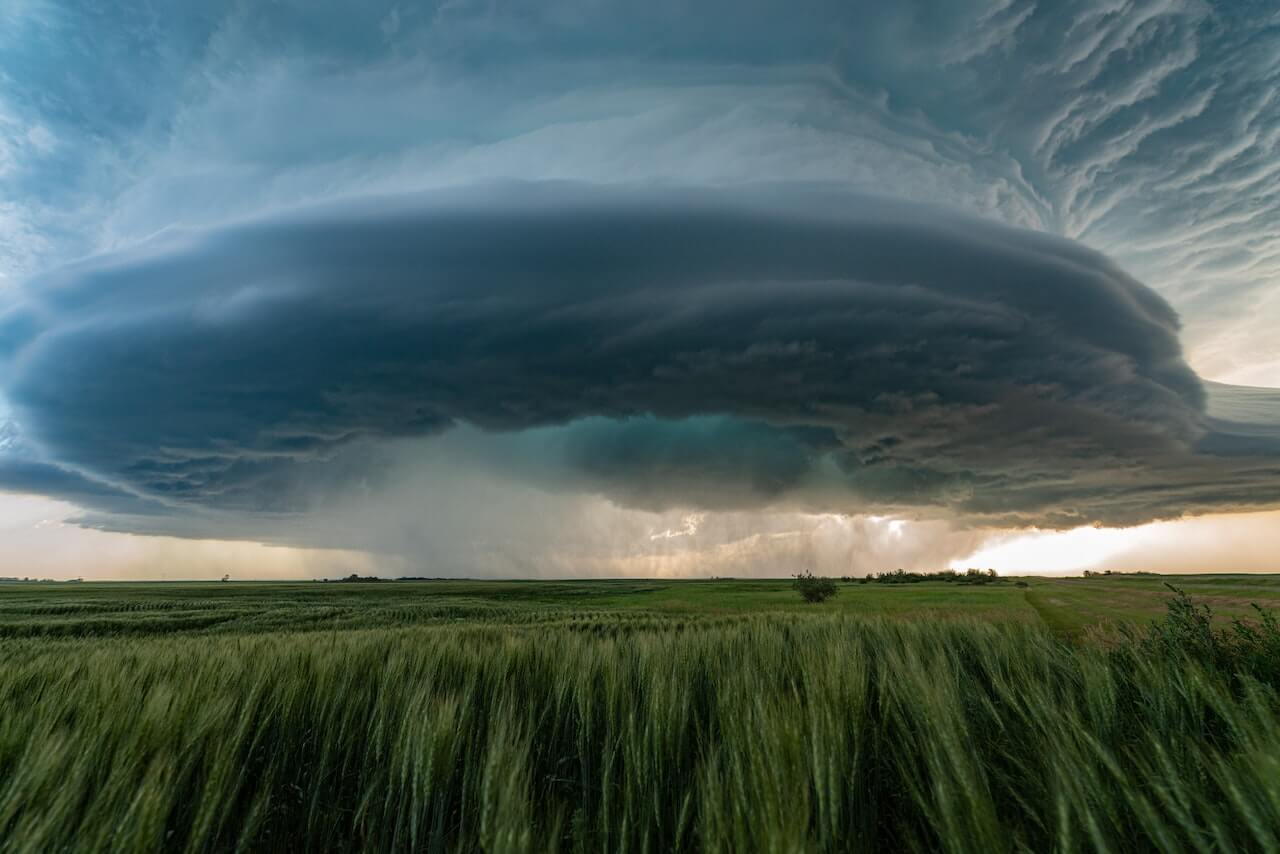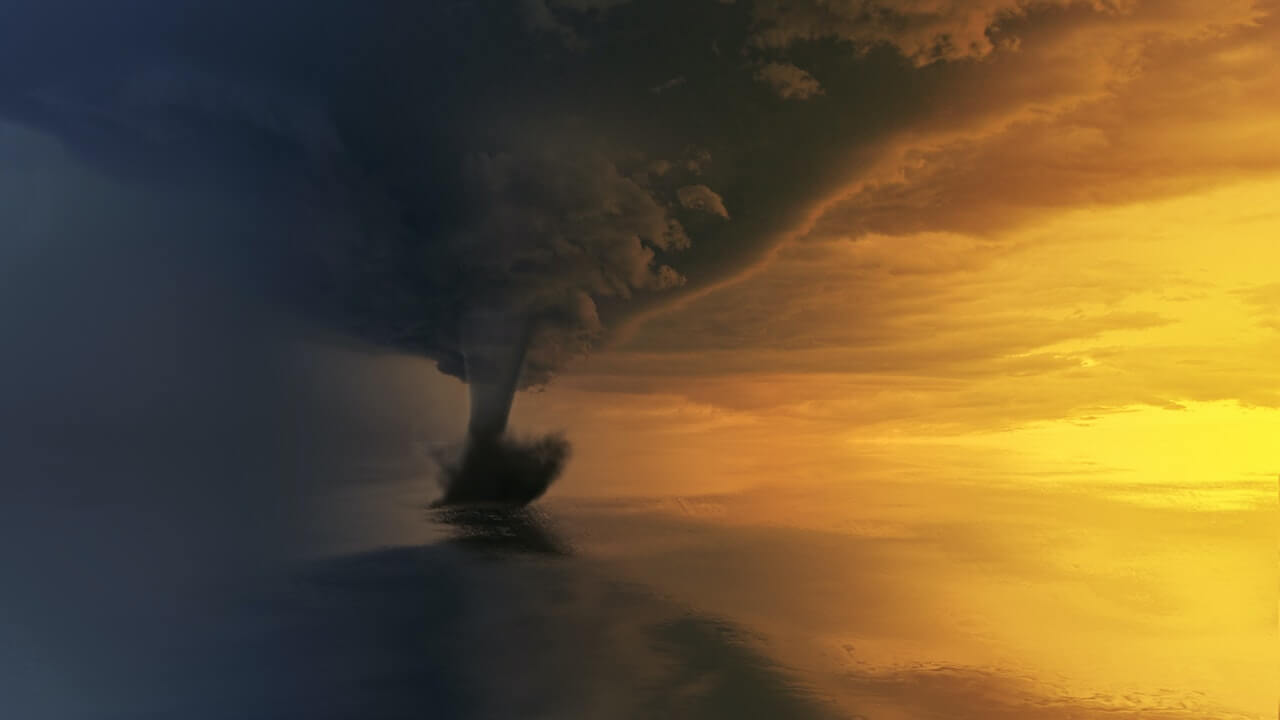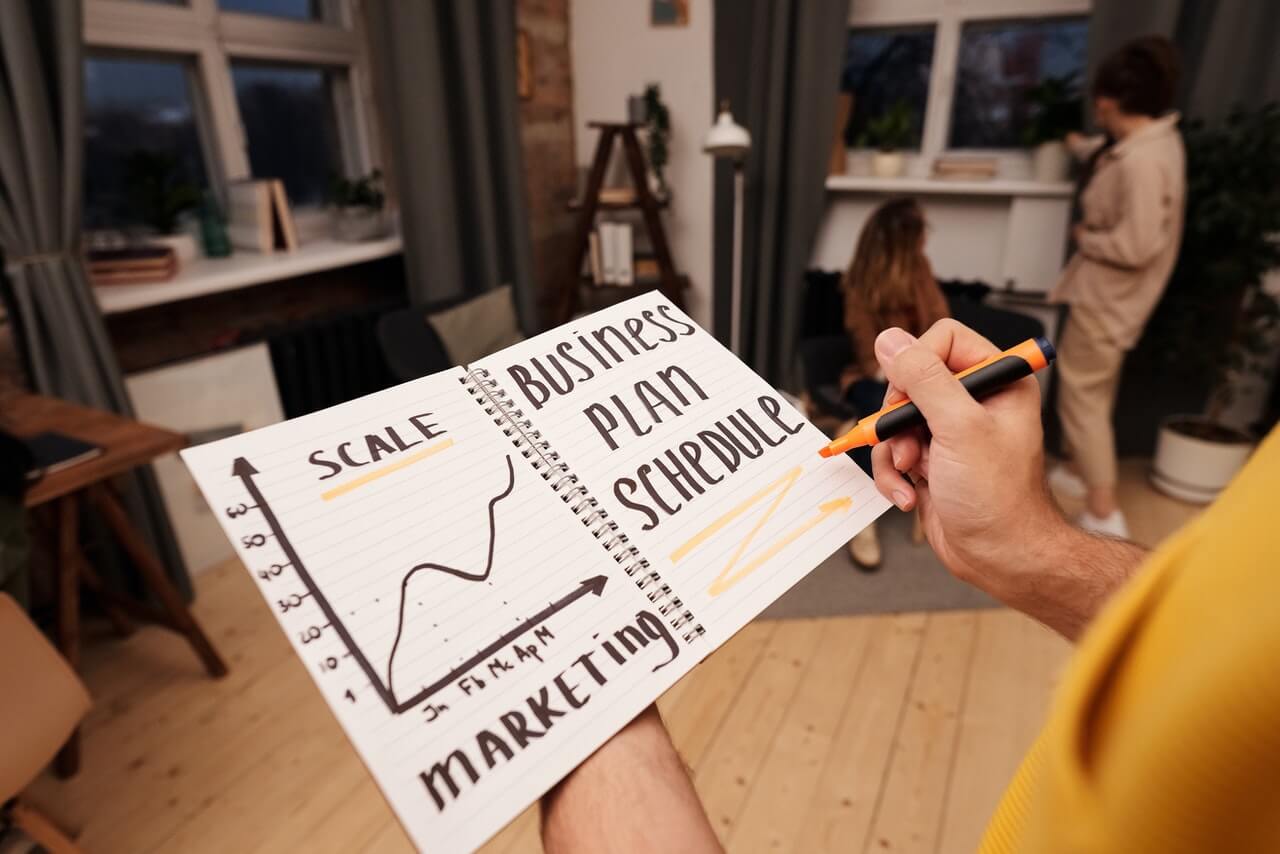Missing words create crisis for the organization
Yet another employee error has landed a major organization in hot water on social media. Earlier this month, the following message was posted on the Australian Red Cross Blood Service Facebook page under its official employee account:
“…the Blood Service has to have a screening process in place to ensure the risks of distributing to the sick people who need it are minimised. We know all gays are engaged in risky behaviour, just like we know that all people who have lived in the UK will have mad cow, or that all people who get tattooed will get infected by dirty needles…”
Facebook almost instantly lit up with furious members of the public voicing their anger or concern, and the clamor only grew louder as several large LGBT equality groups spread word of the offensive post.
Was this the case of an employee gone mad? Perhaps someone was sacked and took their revenge before heading out the door? Nope. Just as in the vast majority of these types of crises, the problem was much more mundane. As this quote from an Australian News article by Claire Connelly explains, it was simple employee error:
The Australian Red Cross Blood Service told News Ltd the post was an “error” and the employee, who had been doing “two things at once”, inadvertently used “bad wording”.
The word “not” was meant to have been used three times in the post, national media manager Kathy Bowlen said, meaning it should have read, “Not all gays engage in risky behaviour and not everyone in the UK has mad cow disease and not everyone with tattoos get infected by dirty needles.”
She said: “Our policies are not at all homophobic or discriminatory but we know some people will think that no matter what we say. I’m disappointed it happened but there’s not much we can do.”
Now, mistakes will happen. It’s entirely plausible that a tired or distracted brain could have skipped out on those message-changing “nots,” but what really caught our eyes was the end of national media manager Kathy Bowlen’s statement. Not only did she use the very terms that the Australian Red Cross does not want to be associated with (a major PR no-no), but she also left off with the rather lame statement of “there’s not much we can do.” That’s not exactly confidence inspiring, is it now? There’s always something you can do.
A closing statement along the lines of, “We here at the Australian Red Cross fully support the rights of the LGBT community. We apologize for the error, and have already put processes in place to ensure such a slip up does not occur again,” would have done the trick nicely, especially because most people are quite aware that the Red Cross provides a valuable service to those in need regardless of race, creed, color or belief.
Choose your words wisely when engaging in crisis management, and make sure to show that you care, because the people you’ve upset most certainly do.
——————————-
For more resources, see the Free Management Library topic: Crisis Management
——————————-
[Jonathan Bernstein is president of Bernstein Crisis Management, Inc., an international crisis management consultancy, author of Manager’s Guide to Crisis Management and Keeping the Wolves at Bay – Media Training. Erik Bernstein is Social Media Manager for the firm, and also editor of its newsletter, Crisis Manager]

